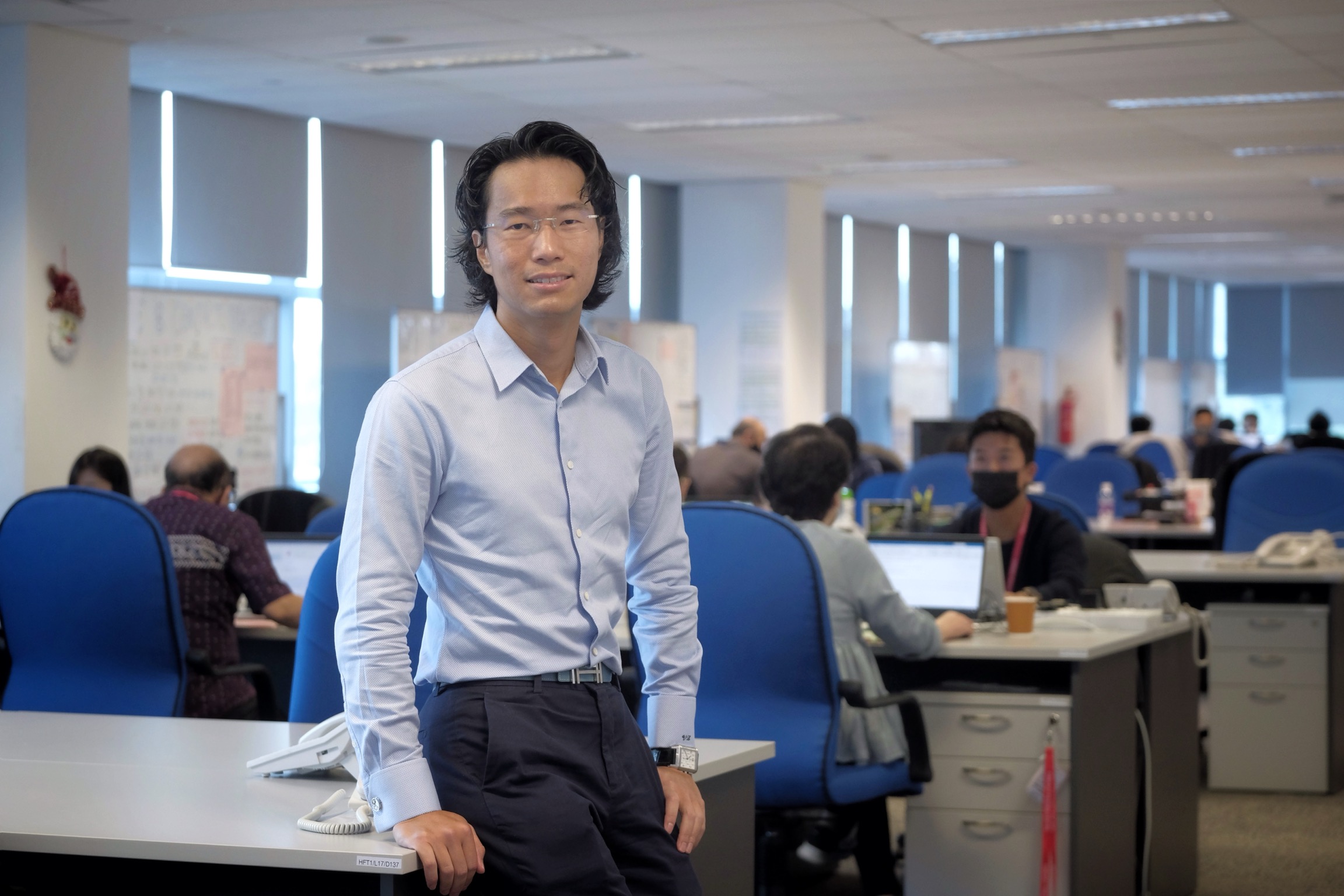Tech tools help, but human input for Covid-19 contact tracing still essential
Sign up now: Get ST's newsletters delivered to your inbox

Associate Professor Vernon Lee said people are still needed to sift through the data and draw inferences.
PHOTO: ST FILE
Follow topic:
SINGAPORE - Technology may have sped up the contact tracing process, but it cannot replace the human element.
Associate Professor Vernon Lee, who heads the Ministry of Health's (MOH) contact tracing centre, said people are still needed to sift through the data and draw inferences, making the big decisions such as whether or not to issue quarantine orders on those who have come into close contact with a Covid-19 case.
"A lot of people think that just because we have technology, we can do away with manpower... and be automated," said Prof Lee, who is also director of MOH's communicable diseases division. But this is not necessarily the case, as such tools tend to pick up more information than a traditional interview would, he said.
In practice, this often means looking at data from TraceTogether and SafeEntry records and comparing it against details from interviews with confirmed cases, before a decision is made on what to do next.
"It's still a very laborious and time-consuming process," Prof Lee said in an interview on Singapore's contact-tracing capabilities last Thursday (April 15).
For several months after the pandemic hit, and these tech tools were not available, contact tracers carried out extensive interviews with every Covid-19 patient.
They would then draw up comprehensive activity maps - essentially large Excel spreadsheets - in which they filled in patients' whereabouts in the days preceding their official diagnosis.
TraceTogether and SafeEntry data now help by automatically filling in some of the blanks, providing an indication of where a patient might have been or who they were in contact with.
Interviews then go more smoothly, with contact tracers able to provide details that might jog a person's memory.
"We might say: 'We identified these contacts - do you know who they might be?'" Prof Lee said. "It saves time on the more mundane processes, so our officers can focus on the higher-level tasks."
The TraceTogether programme, launched last March, exchanges Bluetooth signals with nearby users to quickly track those who are exposed to Covid-19 patients. SafeEntry, announced a month later, logs the places a person has visited via QR code scanning.
At the start of the outbreak, the authorities used to take an average of four days to identify and quarantine a patient's close contacts. This has since dropped to around 1.5 days, in large part due to technology.
Prof Lee highlighted the example of a recent community cluster, which consisted of seven cases and was linked to a para-veterinarian in the Singapore Police Force.
A total of 208 contacts were identified over a five-day period, 80 of whom were TraceTogether users. Of the entire group, 71 were quarantined while 137 were put under phone surveillance.
Five of the seven positive cases used TraceTogether, with one case - a colleague of the veterinarian - identified through a workplace swabbing exercise.
"This shows the effectiveness of our contact tracing system - it's not predicated on one single method," Prof Lee said. In this instance, the veterinarian's colleagues were tested as the authorities felt that they were at risk.
"We draw as wide a ring as possible, ring-fence this and manage to contain all onward spread," he said.


